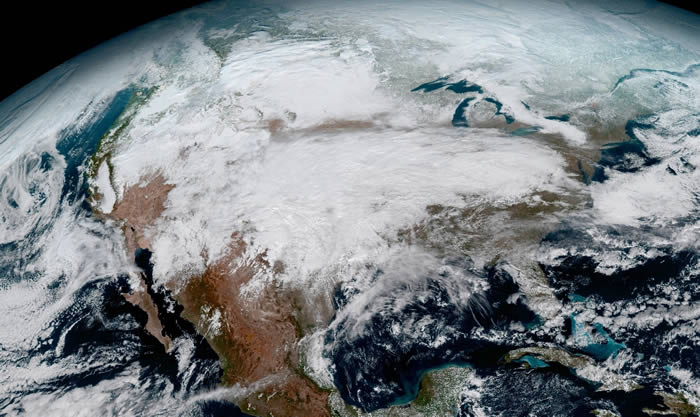AN1. What Is Global Systems Science?
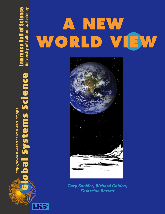
Chapter 1
Global systems science is a new field of study about the interactions between Earth’s natural systems and human activities. The people who study global systems science draw on methods and theories of many different fields—from chemistry and biology to economics and politics—in order to predict how today’s actions are likely to affect the world of tomorrow—our world and our children’s world.
When we try to pick out anything by itself, we find it hitched to everything else in the Universe.
—John Muir, My First Summer in the Sierra, 1911
I. Global Systems Science: A Field with a Purpose!
But in certain fields of science, the purpose is more sharply defined. A good example is medical research. The immediate goal of a research project on cancer or AIDS may be to determine the origin and course of the disease, but the purpose that led medical researchers to choose these goals in the first place was to save lives.
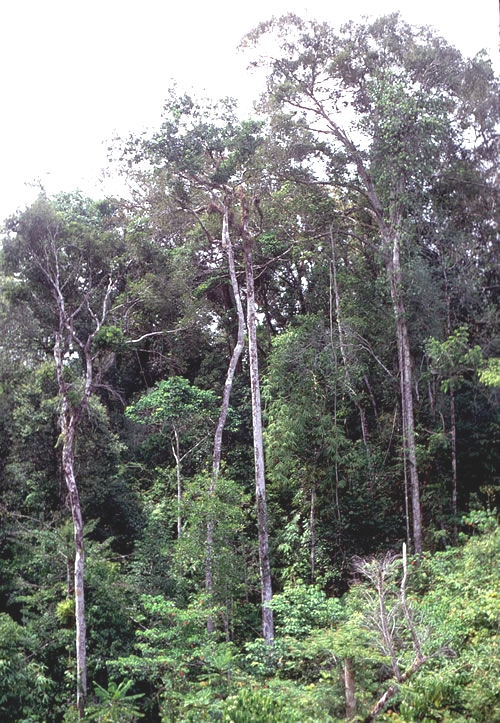
Scientists concerned with global change have more in mind than gaining knowledge for its own sake. While the immediate goal might be to find out how water flows through a forest, or how to repopulate the intertidal zone, the purpose behind such studies is to determine how to conduct human activities so that the environment can support life on Earth for a long time to come. This is the concept of a “sustainable world.”
In a sustainable world, people of all nations are able to improve their quality of life—including health, education, job opportunities, and material needs—without damaging the environment, so that the same benefits can be enjoyed by succeeding generations.
In upcoming chapters you’ll consider whether or not to log old growth forests. The concept of sustainability will not give you a simple answer to the question. However, it suggests that part of the answer is in first deciding what you want to sustain. Is your goal to achieve a sustainable yield of timber? Or, is it to sustain old growth ecosystems, with their present levels of plant and animal diversity? Your decision about whether or not to permit logging in a particular forest may depend, in part, on what you want to sustain.
The Global Systems Science course is about more than science. It is also about the use of scientific information, methods, and insights to make decisions. Although you may or may not become a professional scientist, you affect the environment by decisions you make every day. And someday, you will be asked to participate in important decisions about how we—as a society—impact our environment in deep and long-lasting ways.
II. How We see Planet Earth
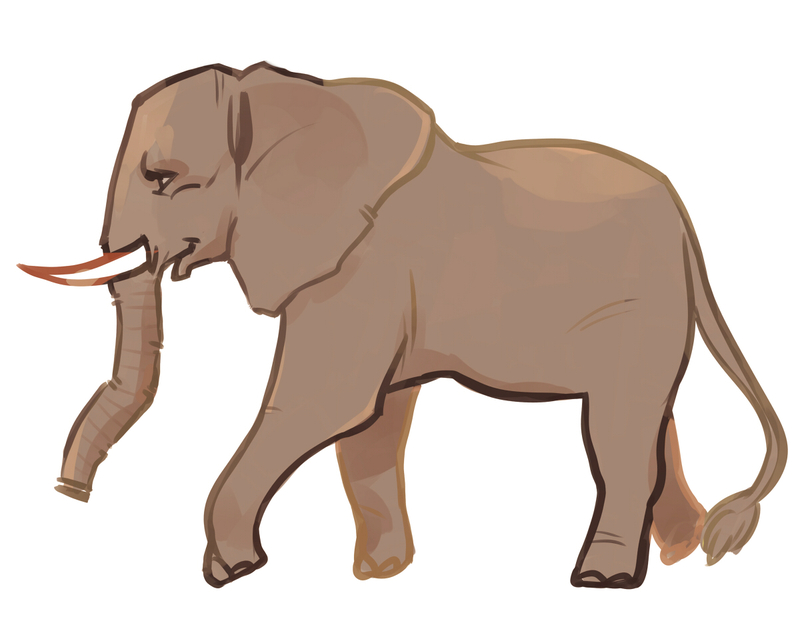
In ancient times, three wise men were asked by their king to describe an elephant. Each of the men was very wise and highly educated, but they were all blind, and none of them had ever encountered an elephant before. As they walked up to the animal, each one touched a different part of the animal’s body.
“Aha!” Exclaimed the first, grabbing the elephant’s trunk. “Long and squirmy and waving around. An elephant is like a snake!” “Oh, no!” said the second with his arm’s wrapped around the elephant’s leg. “An elephant is like a solid pillar that holds up the roof of a building.” “You are both wrong,” said the third, holding the elephant’s tail. “An elephant is thin and waving with a tuft on the end. It is like a vine.”
Each answer was correct, and provided a vivid and insightful description of one part of the elephant. But without an understanding of how their personal experiences related to the whole, the three men could not fully understand the elephant.
It is even more difficult for us to understand our world than it is for the three blind men to understand the elephant. Each of us can experience only a small part of our planet, and there are many areas—such as the bottom of the ocean, or the North and South poles—that are difficult for anyone to explore. Only by sharing our knowledge can we begin to understand our planet as a whole.
Describe the world you live in!
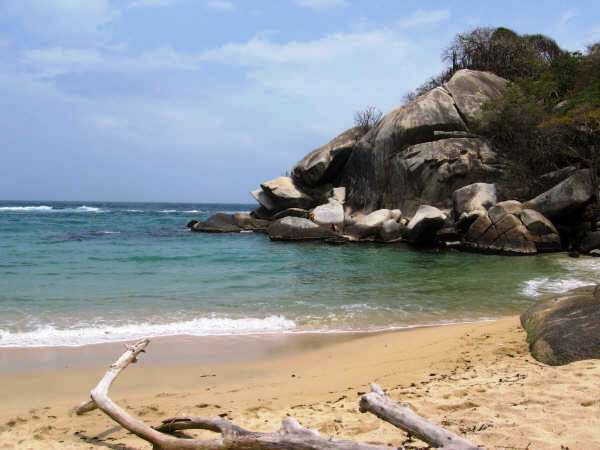
crashing surf, and water as far as the eye can see
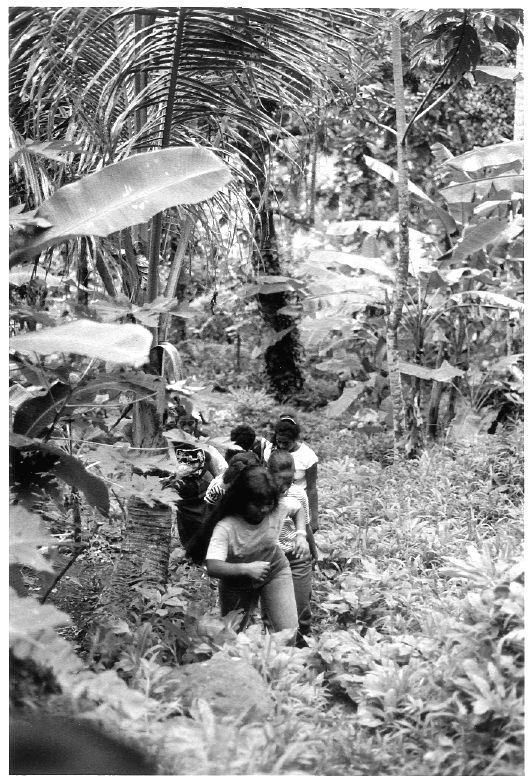
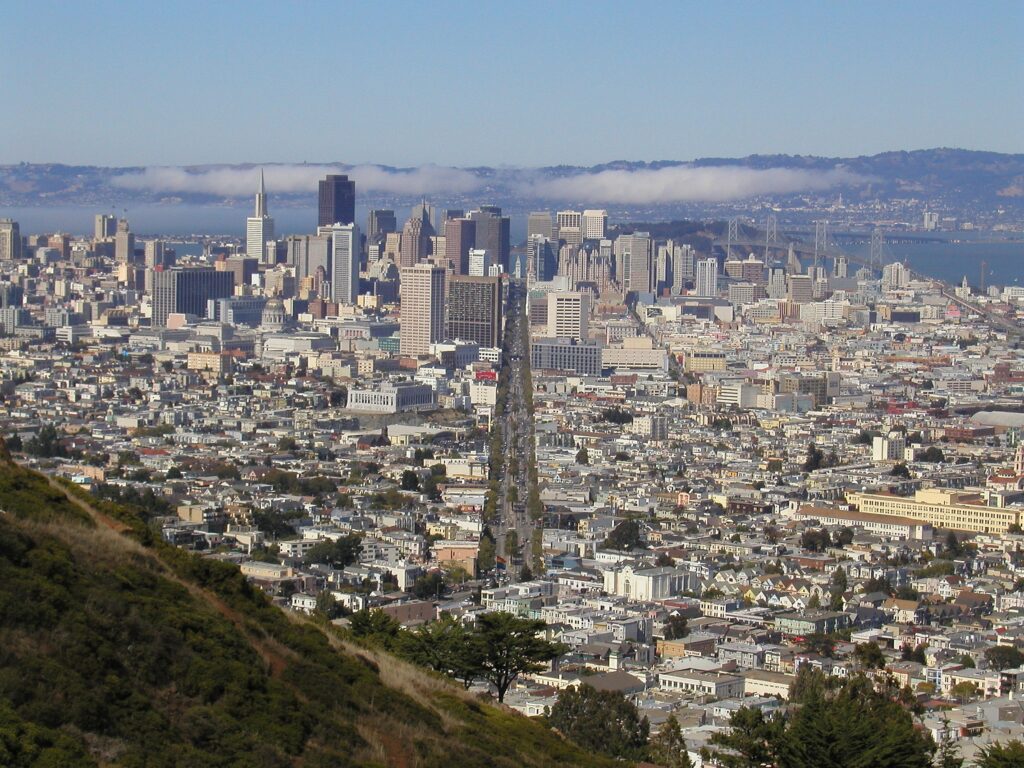
III. How the Astronauts See Planet Earth
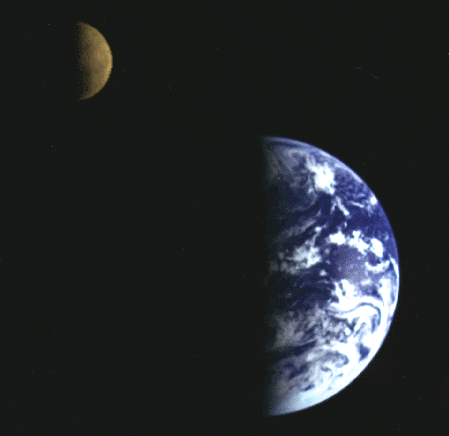
For thousands of years our ancestors must have looked at the Moon, and wondered: What is it made of? What would it be like to go there?
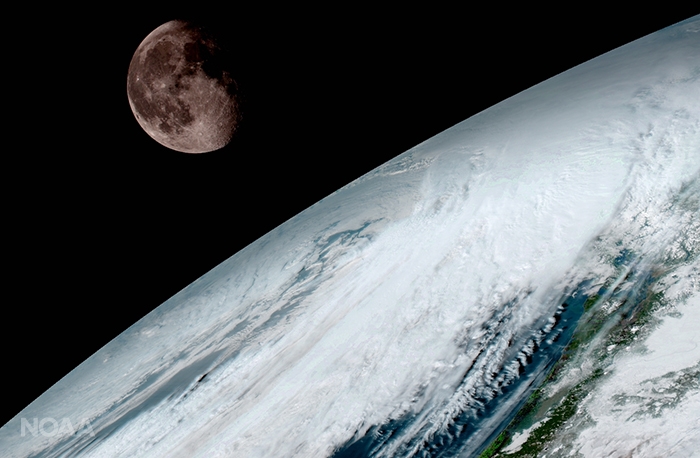
Then, in 1969, just a few years ago, the Apollo astronauts traveled to the Moon. They gathered rock samples and answered questions that people had been asking for thousands of years. But they also saw something unexpected and wonderful—our own planet, Earth, as an intricately detailed, brilliant blue marble, suspended in an inky black sky.
The Apollo astronauts opened our eyes. Never before had the unity and diversity of our Earth come into such clear and sharp focus. They saw none of the political boundaries that clutter our maps, or the differences in belief systems that divide peoples. The atmosphere, oceans, land, and life were seen as parts of a single planet—our planet.
From space, we can appreciate the Earth’s natural systems. We can see broad areas of green forests, white polar caps, and blue oceans. We can see storms sweep across the planet, and we can watch the Earth slowly turn on its axis. Except for city lights on the night side of Earth, we see very little evidence that six billion people inhabit our beautiful blue planet.
IV. How Global Systems Scientists See Planet Earth
Global systems scientists must keep two points of view in mind—the view of our planet as a whole, and the close-up view of Earth’s many different environments. As you learn about global systems science, you will learn about Earth’s natural systems that have evolved over billions of years—and about the ways that humans are rapidly altering those systems. The changes are most noticeable in cities, where concrete, glass, and asphalt stretch to the horizon; but they are also visible in rural areas, where rows of food crops have replaced wild grasslands; and in mountains and forests, where people have carved out roads, restaurants, and campgrounds.
One of the most important ideas in Global Systems Science is the concept of an ecosystem. Ecosystems are communities of living organisms interacting with their environment. Ecosystems include plants and animals, as well as soil, rocks, and water. An ecosystem can be as small as a pond or as vast as a tropical rain forest that covers thousands of square miles.
In this introductory unit of the Global Systems Science course, you will study two different ecosystems. One will be a small aquatic ecosystem that you will create in your classroom. The other will be the forests of the Pacific Northwest—covering large parts of Washington, Oregon, and California.
In both cases these are your objectives:
1. Understand how these natural ecosystems change over time.
2. Find out what happens when these systems are disrupted by human activities.
3. Decide how to sustain natural ecosystems for as long as possible.

AN1. Investigation: Create Your Own Ecosystem
One way to study an ecosystem is to create your own—a world in a bottle. Your laboratory ecosystem will not be a perfect replica of what occurs in nature but it will enable you to perform experiments and gain insights into how natural ecosystems function.

